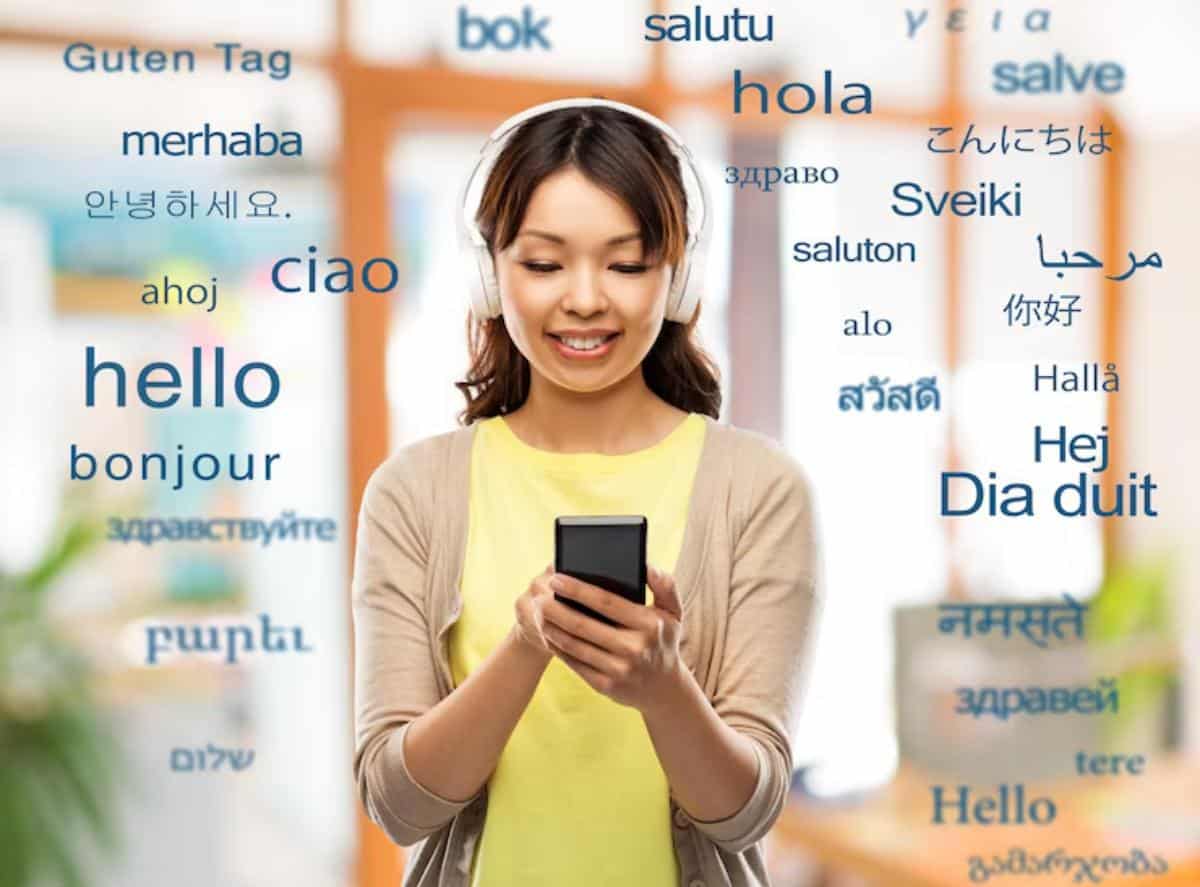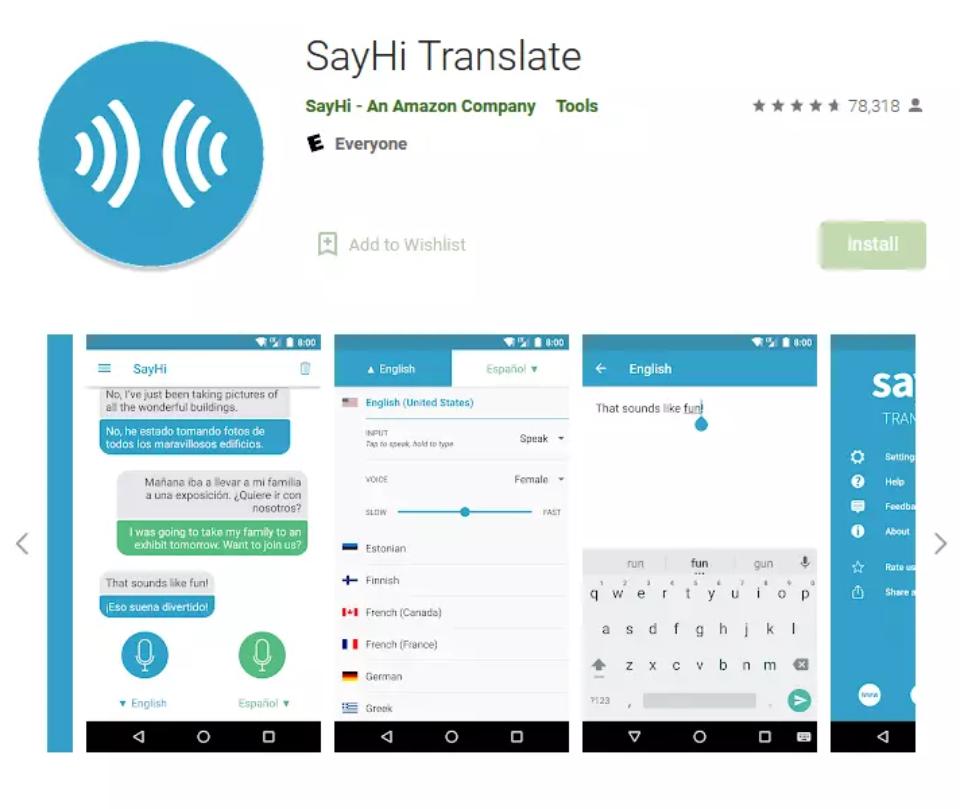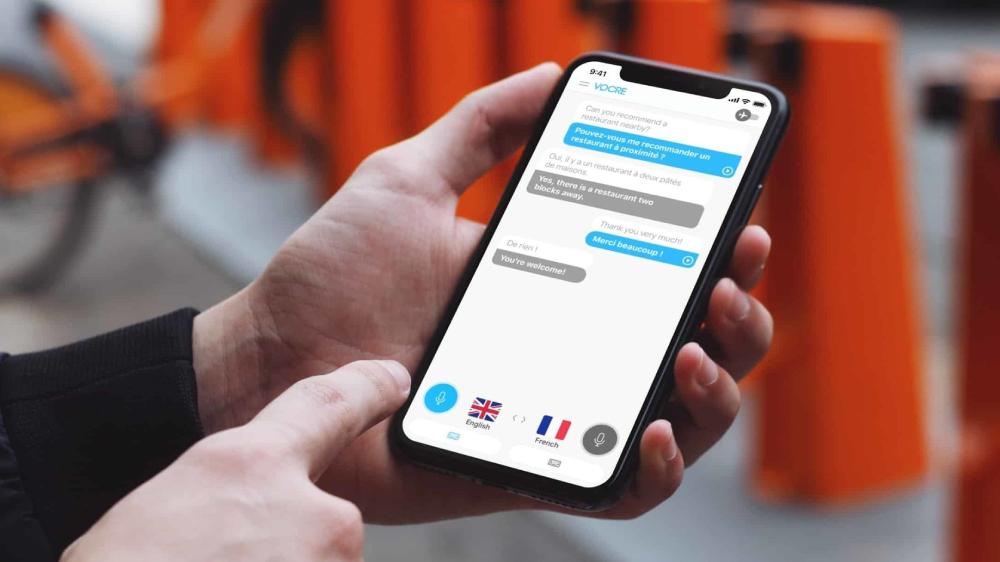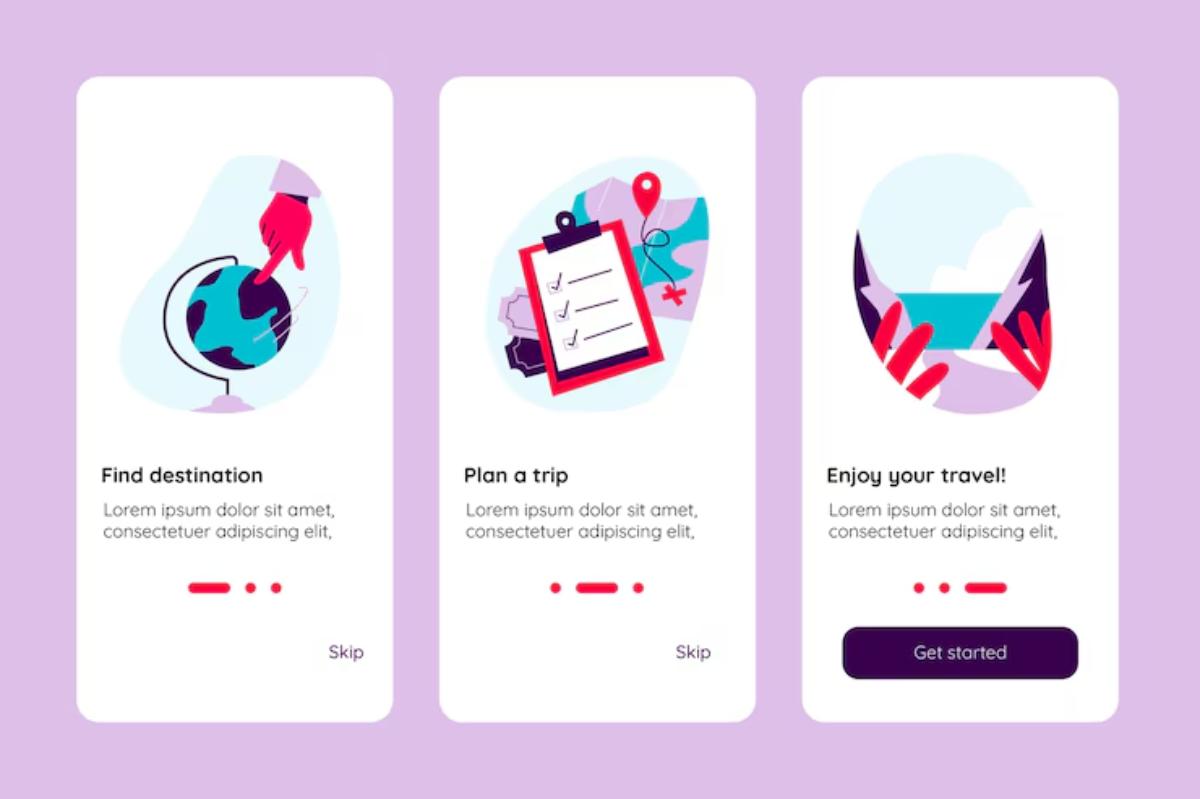
Best Translation Apps for Travellers in 2025
Imagine landing in Seoul, wandering into a bustling noodle shop, and facing a menu written entirely in Hangul. You point, you smile, you hope. Or maybe you’re in Naples, trying to ask for directions to the train station—and what you actually say is, “Where do I digest the rail pasta?”
Welcome to the charming, awkward, and often hilarious world of travel language barriers. Luckily, in 2025, there’s a smarter way through: translation apps that make real human connection possible, no matter the language.
The latest translation apps in 2025 don’t just spit out direct word swaps. They help people navigate cultural nuance, local slang, and even handwritten menus with surprising fluency. Think of them as invisible guides—there when needed, quiet when not, and always ready to help.
So which ones are worth packing (digitally speaking) before the next trip? Let’s explore the best language tools for travel this year.
Why Great Translation Apps Matter
Travel isn’t just about snapping selfies at landmarks anymore. It’s about conversation—asking locals for stories, joining spontaneous festivals, ordering the house special without guessing.
Sure, a smile goes a long way. But when it comes to really connecting, words matter. And when the right ones aren’t available? That’s where the best travel communication apps shine.
They’re more than just convenience—they’re bridges. And in a world growing smaller and more connected by the day, they matter more than ever.
What to Look For in a 2025 Translation App
Here’s what makes a great app stand out from the crowd:
- Offline access for those charming, Wi-Fi-less villages
- Voice translation to carry full conversations
- Camera translation for signs, menus, and handwritten notes
- Ease of use, because no one wants to fumble mid-conversation
- Accuracy with context, not just direct word-for-word confusion
- Cultural sensitivity, because tone can change everything
Armed with those expectations, here’s what today’s top translation tools offer travellers around the globe.
1. Google Translate – Reliable, Familiar, and Surprisingly Powerful

Google Translate continues to be a front-runner for good reason. It handles over 130 languages, and its suite of features just keeps growing. In 2025, it’s leaner, faster, and better at understanding nuance.
What makes it shine?
- Real-time conversation mode
- Auto camera translation for street signs and menus
- Offline capabilities
- Integration with Google Lens and Maps for seamless navigation
Whether asking directions or deciphering packaging at a foreign pharmacy, it works. Still, it’s worth noting that for some languages, particularly Asian dialects, context can trip it up.
Curious how it stacks up against more specialised tools? This comparison of Google Translate vs. iTranslate breaks down their strengths in more detail.
2. iTranslate – Sleek, Polished, and Great for Quick Chats
iTranslate doesn’t just look pretty—it delivers. It handles over 100 languages with a smooth, intuitive design that’s especially friendly for first-time users.
Why people love it:
- Conversation mode with voice translation
- Phrasebook for common expressions
- Voice gender and speed options
- Available offline (with Pro subscription)
If the focus is on spoken communication and fluid user experience, iTranslate’s a top pick—especially for shorter trips or city breaks where speed matters.
3. Microsoft Translator – The Best for Group Conversations
Planning to travel with others who also don’t speak the local language? Microsoft Translator offers a standout feature: multi-device conversation mode.
What’s included:
- Real-time voice and text translation
- Group chat sessions with synced devices
- Phrasebooks and pronunciation help
- Offline downloads and no required account
It’s also completely free, which is a bonus for those trying to stretch their budget—especially after splurging on that second round of tapas.
4. SayHi – Fast, Friendly, and Surprisingly Accurate

SayHi strips away the noise and focuses on doing one thing well: conversations. It may not offer text or camera translation, but its speech-to-speech function is fast and often shockingly spot-on.
Standout perks:
- Speak or type in over 90 languages
- Customise tone, voice speed, and gender
- Simple interface perfect for first-time users
- Entirely free (thank you, Amazon)
In local markets, on buses, or in casual exchanges with locals, SayHi feels like a natural extension of your voice—not a barrier.
5. Papago – The Expert in Asian Languages
Planning a trip to Seoul, Tokyo, or Taipei? Papago is your best friend. Built by Naver, Korea’s top search engine, it’s tuned perfectly for the nuances and cultural subtleties of East Asian languages.
What it does best:
- Text, speech, and image translation
- Accurate tone and phrasing in Korean, Japanese, and Chinese
- Voice playback and dictionary support
- Offline downloads for key regions
While Google Translate works in Asia, Papago understands it. And that’s a huge difference when trying to avoid awkward (or flat-out wrong) translations.
6. Waygo – Visual Translation for the Food-Loving Traveller
Some apps talk. Waygo looks. It’s a camera-based translator that’s laser-focused on Chinese, Japanese, and Korean.
Perfect for:
- Scanning menus
- Reading packaging in stores
- Decoding signs in unfamiliar alphabets
- Working completely offline
It’s not ideal for full conversations, but for anyone who has ever pointed at a menu hoping for noodles and getting chicken feet, Waygo is a game-changer.
7. Vocre – The Real-Time Interpreter

Vocre positions itself more like an instant interpreter. Rather than translating for reading, it focuses on two-way communication between people—ideal for one-on-one chats where nuance matters.
Why it stands out:
- Conversation-first interface
- Real-time voice-to-voice translation
- Good language support for over 50 dialects
- Works offline once language packs are downloaded
Think of it as a polite translator sitting beside you at a cafe in Buenos Aires, helping make a new friend feel comfortable.
Bonus Pick: Duolingo – Prep Before You Go
Not exactly a translation app, but it’s worth the honorable mention. Learning just a few words ahead of a trip makes using the apps above far more powerful—and lets travellers connect on a deeper level.
Overcoming Awkward Situations with Apps
Language gaps can lead to funny, frustrating, or even embarrassing moments. From ordering “cold dog water” instead of hot dogs, to calling someone’s grandmother a “tree,” the stories are endless. But they don’t have to end in confusion.
Learning to overcome language barriers while traveling is part strategy, part mindset—and part knowing which app to open at the right time.
These tools aren’t just about logistics. They’re about connection.
Making the Most of Your Translation App
A few friendly tips from the road:
- Download languages before takeoff. Airport Wi-Fi isn’t your friend.
- Practice using the app before landing. Fumbling with a new app mid-conversation never looks cool.
- Speak slowly and clearly. It helps the app—and the person you’re talking to.
- Use camera mode for menus and signs. It’s faster than typing.
- Don’t forget the human side. Smile, laugh, gesture. Translation apps work better when the person behind them does, too.
When Not to Use Tech
Here’s a curveball: sometimes the best approach is not opening the app.
There’s magic in miming, doodling on napkins, or asking for help from another local. Don’t let the phone become a wall between people—it should be a window.
Apps are amazing. But they’re not a replacement for presence.
Speak Like a Local (or Close Enough)
The beauty of travel lies in the unfamiliar—in learning, trying, fumbling, and eventually connecting. In 2025, translation apps don’t erase that. They enrich it.
They help travellers order boldly, ask questions curiously, and thank someone sincerely—in their own language. That’s powerful.
The right travel communication apps won’t just make life easier abroad. They’ll make every interaction more human. And when the journey ends, it’s often those conversations—flawed, funny, and heartfelt—that leave the deepest impression.


